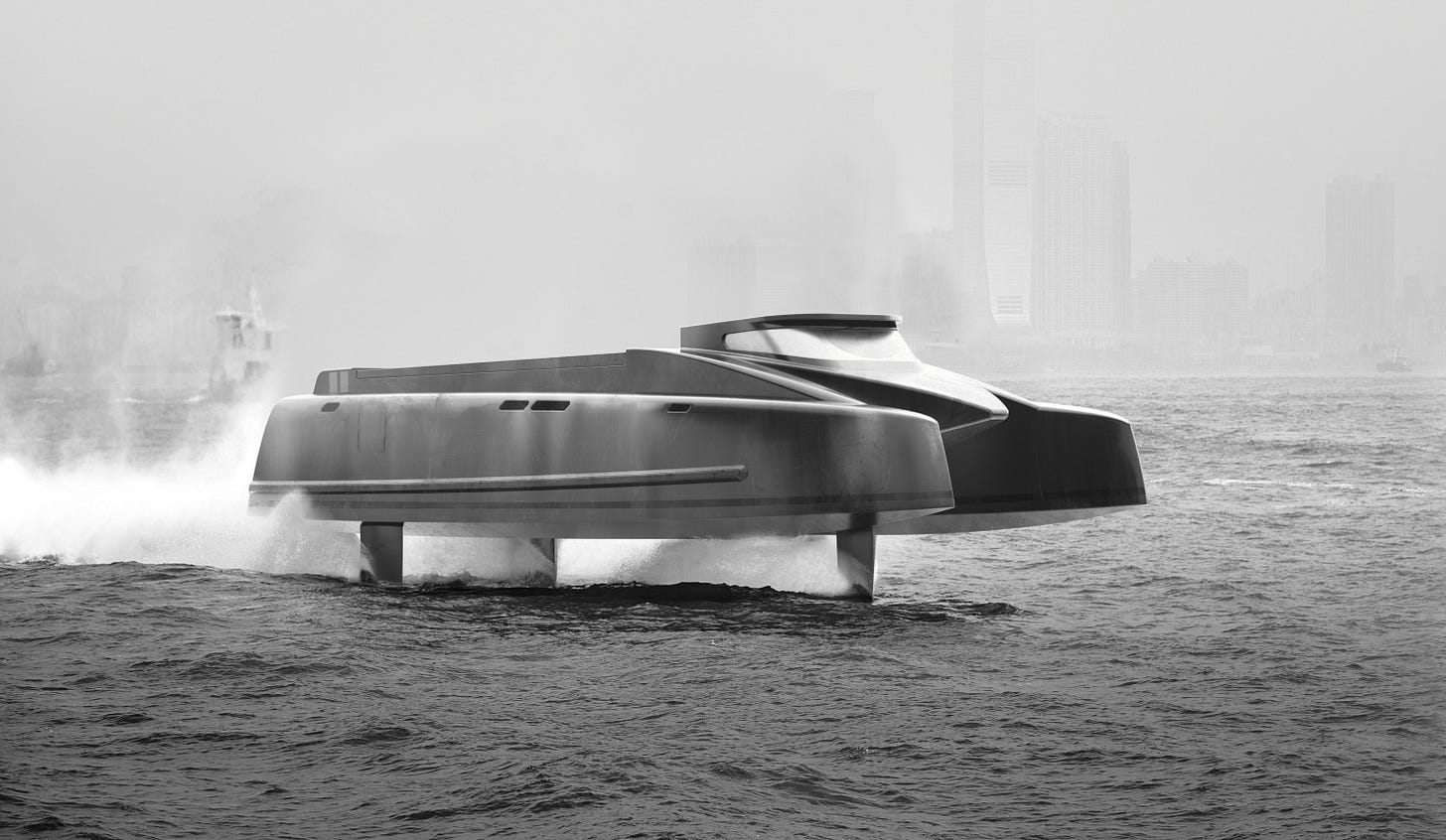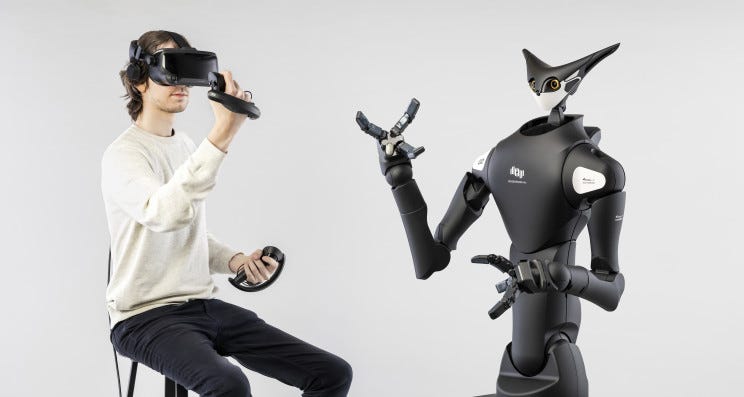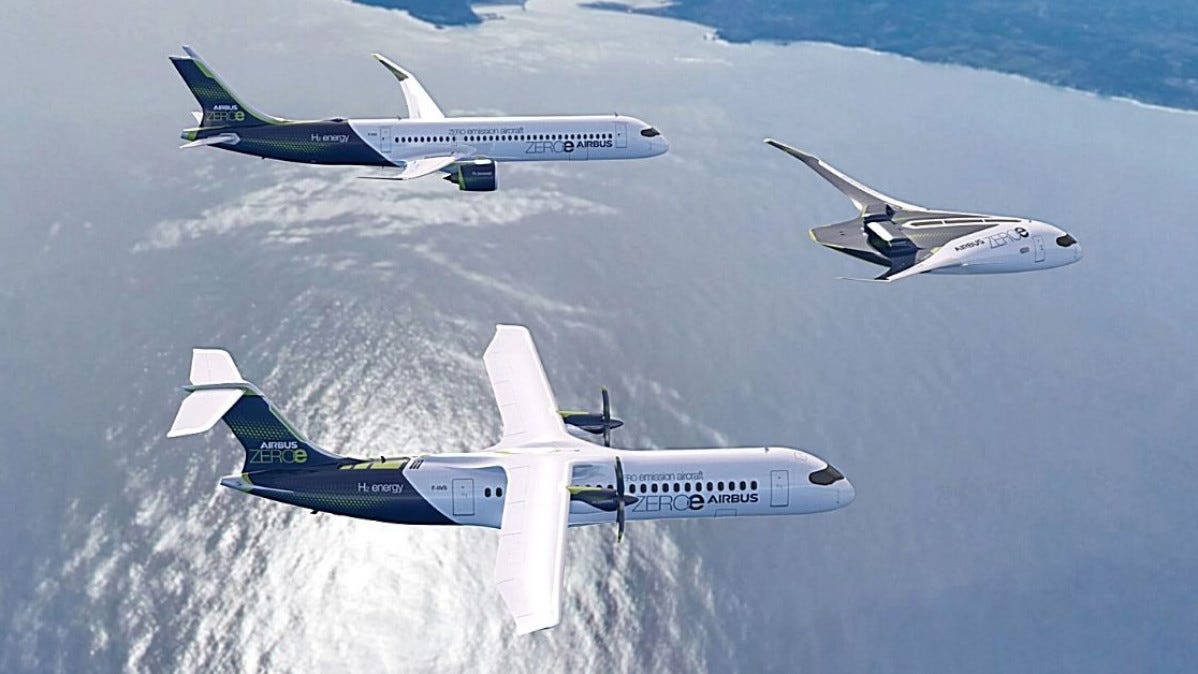This week we will look at a bionic eye that is soon to start human trials, a new solution for moving freight, robot shelf stackers for convenience stores and some further designs for autonomous vehicles. Finally we will look at the new Hydrogen powered concept planes from Airbus. I was going to include the Tesla Battery Day announcements however Elon spoke more about a vision for the future rather than announcing a breakthrough new product.
Bionic Eyes
Yes Steve Austin did have an bionic eye when he was recreated as the 6 million dollar man in the 70’s TV show, however to date, bionic eyes have been restricted to fiction. They may soon become reality.
Monash University researchers have developed a bionic device that they say can restore vision to the blind via a brain implant. The team is now preparing for the first clinical trials.

The system is made up of a custom designed headgear that holds a camera and wireless transmitter. A processor crunches the data which is transmitted to the brain via a set of tiles implanted inside the brain. The system bypasses the damaged optic nerve to allow signals to be transmitted to the vision center of the brain.
The design creates a visual pattern from combinations of up to 172 spots of light. This provides information for the individual to navigate indoor and outdoor environments and to recognize the presence of people and objects.
A trial in July this year successfully implanted the device into the brains of 3 sheep. A cumulative 2,700 hours of stimulation did not cause any adverse health effects.
FreightFish
FreightFish are a New Zealand startup that are trying to solve global freight problems. They are developing a hydrofoil freighter to transport goods over water. They claim to be able to transport goods between Taiwan and Shenzhen in under 10 hours. A similar time to Air Freight (1.5 hours flying but lot more red tape and regulation) but at a much smaller cost.
To date they have built a Concept Vehicle (approximately 3 meters long 250kg with a 25+ knot speed) and a Production Prototype (1/5 size of the final product, 6m long, 800kg and 40+ knots). The production vessel will be 30 meters long with the ability to cruise at 100km/h over a range of 4000km. The cargo hold will be 240 cubic meters. Cutting edge hydrofoil technology allows these vessels to fly above the water.

Their ultimate aim is to have an autonomous fleet of Freight Fish traversing the oceans delivering freight, quickly, cleanly and economically.
Remote Controlled Convenience Store Shelf Packers
Japanese Convenience store chain, Family Mart in conjunction with Japanese Robotics firm Telexistence has developed a remote-controlled robot to fill the shelves of their stores. As Japan ages, many stores are facing labor shortages. Robotics are a perfect solution.
The robots are operated by remote control (not yet autonomous but one day) and currently handle objects like bottles and plastic containers. Further development will allow the Model-T (named after the car developed by Henry Ford) to handle more delicate items such as rice balls, sandwiches and bento boxes.

The remote control function allows employees to be anywhere in the country and to restock multiple stores in a range of locations. Family mart aims to have the Model-T in up to 20 stores by 2022.
Autonomous Vehicle Design
Whilst the software to control autonomous vehicles is very much still under development, the German Aerospace Center has released their concept designs for vehicles of the future.
The U-shift vehicle is designed to transform itself into anything from a cargo pod, an on-call bus to a mobile sales vehicle. It does so by switching out capsule like structures attached to the top of a driveboard. It is designed to be fully autonomous (currently remote controlled so not ready for road use) and able to work 24 hours a day in a range of uses.

The system can deliver goods and cargo all night before changing pods to become a bus and take kids to school in the morning. A fully automated prototype, able to reach speeds of 60 kph is planned for 2024.
Hydrogen Powered Planes
Airbus has released concept designs for their first hydrogen powered planes. The concepts include a turbofan jet with capacity for 200 passengers, a propeller plane that can carry 100 passengers and a flying wing for 200 passengers.

In the turbofan design, liquid hydrogen is stored and distributed through tanks located behind the rear pressure bulkhead. Hydrogen Fuel cells create the electric power to power engines that will compliment a gas turbine. The turbo-prop will also use modified gas-turbine engines. The blended wing design is more ambitious however it allows for greater flexibility for hydrogen storage and cabin layout. Airbus hopes to have their first hydrogen powered aircraft in service in 2035.
Paying it Forward
If you have a start-up or know of a start-up that has a product ready for market please let me know. I would be happy to have a look and feature the startup in this newsletter. Also if any startups need introductions please get in touch and I will help where I can.
If you have any questions or comments please email me via my website craigcarlyon.com or comment below.
I would also appreciate it if you could forward this newsletter to anyone that you think might be interested.
Till next week.


